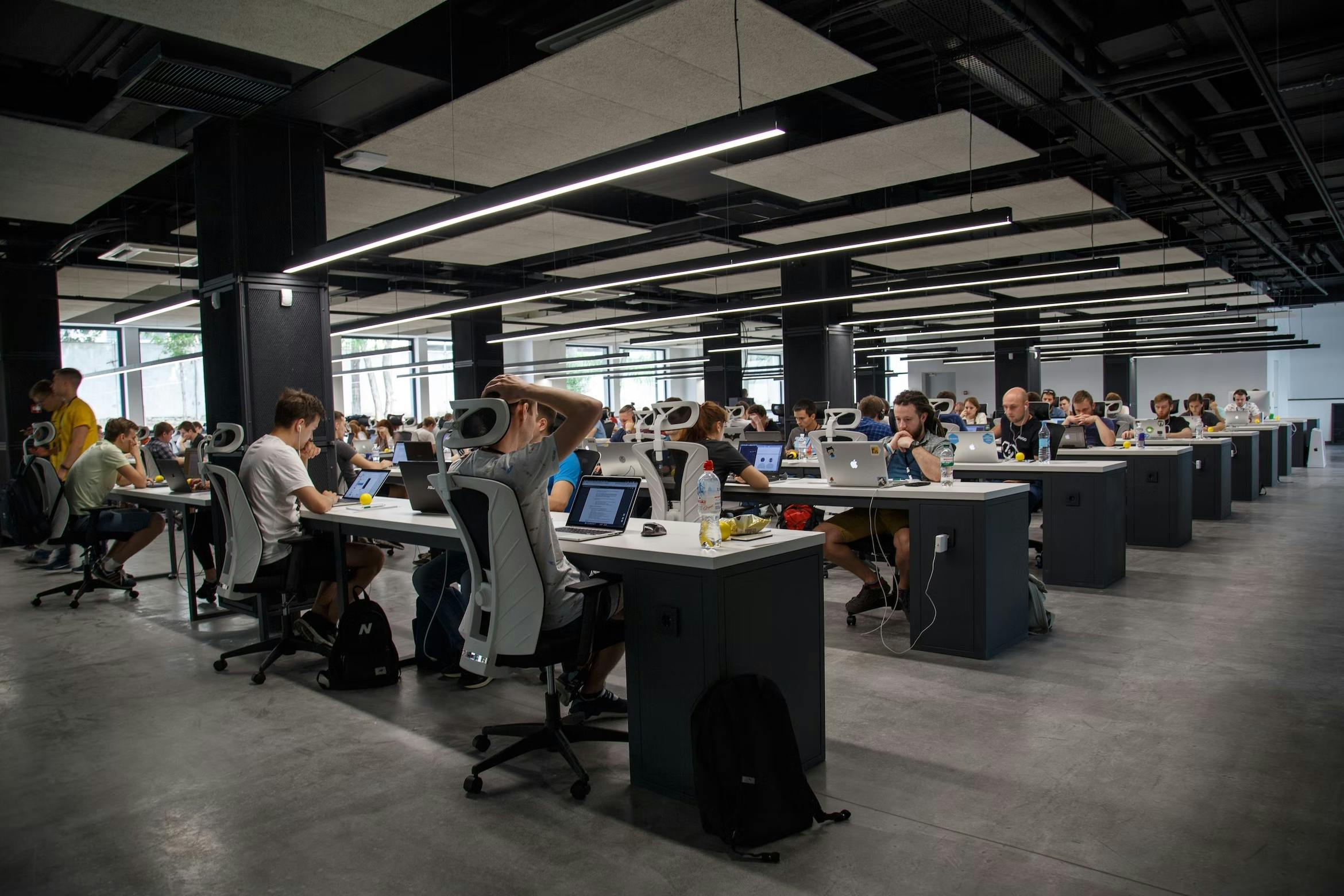
Native Browser Face Detection Parallax Art
Native Browser Face Detection Parallax Art

Google Developer Expert Web & Developer Advocate
This application uses the experimental Face Detection API in the browser to bring artwork to life. It takes the position of the face and uses it to create a parallax effect on the top layer of the artwork.
The experimental Face Detection API is part of the browser. There is no additional code shipped to make it work. This opens up a powerful toolset for developers to leverage and create concepts around their applications.
Read more about Native Browser Face Detection.





